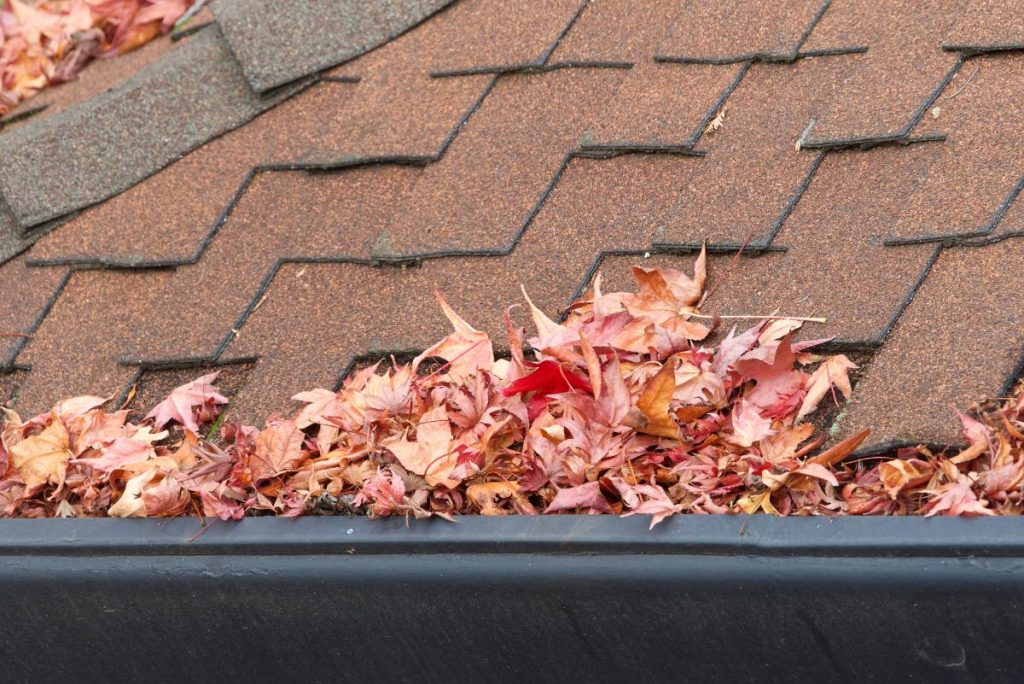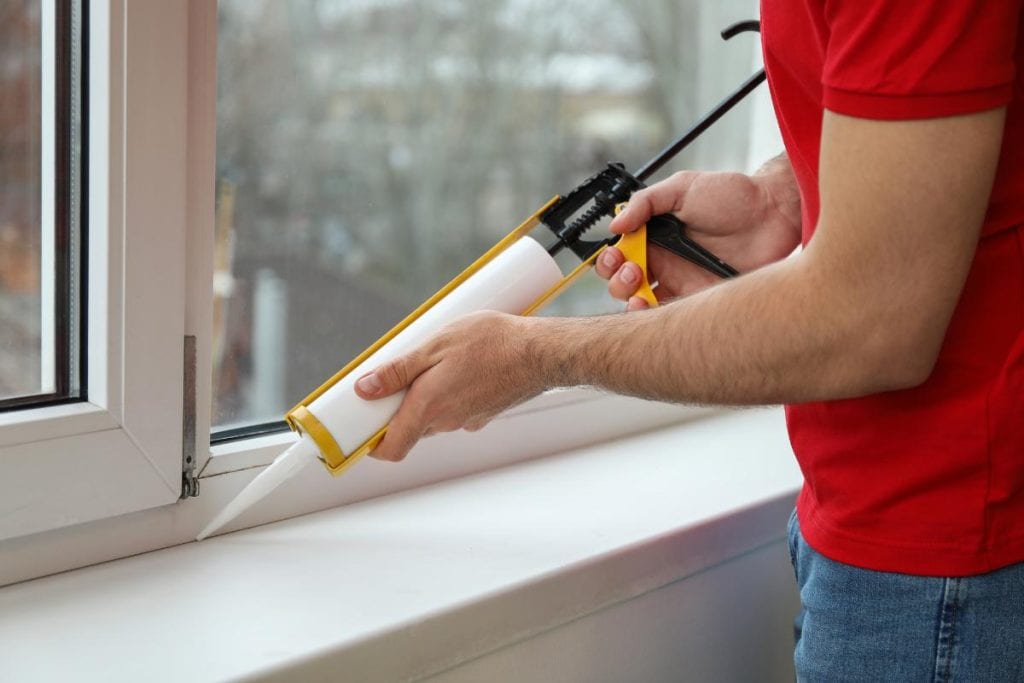As a homeowner, it’s easy to get caught up in the day-to-day hustle and overlook some of the quieter maintenance tasks around the house. They may not demand immediate attention, but neglecting them can chip away at your home’s value and lead to expensive repairs down the line. The good news? A little planning can go a long way toward keeping your home in tip-top shape and saving you money.

HVAC Filter Replacement
Changing your HVAC filter might not be at the top of your to-do list, but it should be. Experts recommend swapping it out every one to three months, depending on your system and whether you have pets or allergies. A clean filter keeps your system running efficiently and helps maintain good air quality in your home. Ignoring this task can force your system to work harder, leading to higher energy bills and potential breakdowns.
Dryer Vent Cleaning
While you’re probably good about cleaning the lint trap, the dryer vent itself often gets forgotten. Over time, lint builds up in the vent, which not only makes your dryer less efficient but also creates a significant fire hazard. Schedule a thorough cleaning at least once a year. You’ll not only reduce risks but also find your clothes drying faster and your energy bill dropping.
Gutter Maintenance
Clogged gutters aren’t just an eyesore—they’re a major culprit behind water damage. Leaves and debris can block the flow of water, leading to roof leaks or foundation problems. Plan to clean your gutters at least twice a year, ideally in the spring and fall, to keep water flowing where it should. If you’re looking for more tips on preventing water damage, the Water Damage Specialist blog has plenty of helpful insights.
Water Heater Flushing
Your water heater works hard year-round, but sediment can collect at the bottom of the tank over time. This buildup reduces efficiency and can even cause your heater to fail prematurely. Flushing the tank annually helps clear out the sediment, extending your water heater’s lifespan and ensuring you always have hot water when you need it.
Foundation Crack Inspection
Your home’s foundation might not cross your mind often, but it’s critical to check for small cracks or signs of settling. Ignoring these issues can lead to significant structural damage over time. Walk around your home every few months and keep an eye out for cracks. If you spot anything concerning, a professional can help determine if it’s cosmetic or something more serious.
Refrigerator Coil Cleaning
Refrigerator coils might seem like an obscure part of your appliance, but they play a big role in keeping it running efficiently. When these coils get clogged with dust, your fridge has to work harder to maintain its temperature, which can shorten its lifespan. A quick vacuum or brush cleaning every six months can make a big difference in energy consumption and longevity.
Testing Sump Pump
If you have a basement, your sump pump is your first line of defense against flooding. However, it’s easy to forget to check it—until it fails. Test your sump pump at least twice a year, particularly before the rainy season. For extra peace of mind, consider investing in a battery backup to keep it operational during power outages. You can find more tips about preventing water damage in the home by visiting the Water Damage Specialist blog. They cover topics like flood zones and hazards, restoration and remediation, and more.
Chimney Sweeping
A cozy fireplace is wonderful, but chimneys can accumulate creosote, a flammable substance that poses a fire risk. Regular sweeping is crucial for safety, especially if you use your fireplace frequently. Schedule a professional inspection and cleaning annually, typically before the colder months set in.
Window Seal Check
Drafty windows aren’t just uncomfortable—they can also drive up your energy costs. Over time, the seals around windows can deteriorate, letting cold air in during winter and hot air during summer. Inspect your window seals regularly and reapply caulk as needed. Not only will this help with energy efficiency, but it will also keep moisture from seeping into your walls. If you’re not sure of the difference between water resistant and waterproof materials, Bob Vila’s guide can help.

Bathroom Grout Sealing
Tile grout might not seem like a big deal, but it plays an important role in protecting your bathroom from moisture. If it’s not properly sealed, water can seep through, leading to mold or structural damage. Seal your grout every year or two to keep it looking great and doing its job.
Making Maintenance Easier
Staying on top of these home maintenance tasks doesn’t have to feel overwhelming. Create a simple maintenance schedule to spread them out over the year, tackling one or two projects each month. Many of these jobs take just an hour or two, but they can save you thousands in repair costs and keep your home running smoothly. Prevention might not always be glamorous, but it’s far less stressful than dealing with emergencies.
